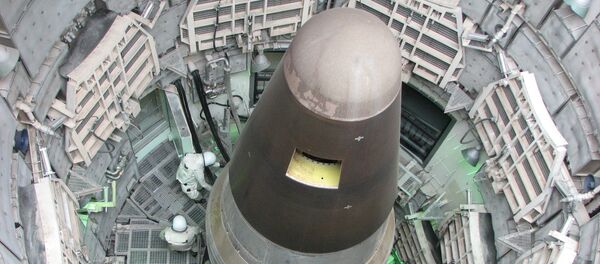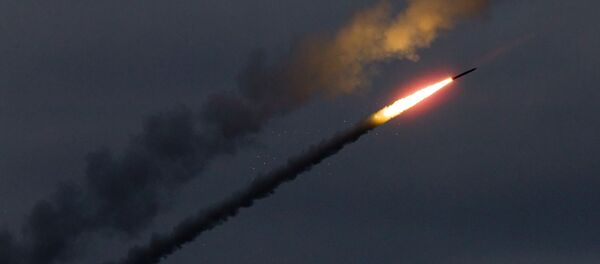According to the scholar "military thinking so far has been dominated by the use of brute force… instead of coercive force that leaves the final choice to the opponent."
"The latter [coercive force] would be more expedient in a regional conflict scenario where the United States faces a nuclear force while at the same time the objective at stake does not justify an all-out war effort," she elaborated.
Although CPGS had been initially meant for counterterrorism operations, very soon the concept has taken on a new meaning of a prompt "counternuclear" strike. "Counternuclear is broader and more comprehensive than counterforce since it targets nuclear warheads, C4ISR systems as well as production and storage facilities," the scholar elaborated.
"Specifically, Chinese experts talk about the scenario of China being subject to American coercion, a concern that is mainly due to US nuclear superiority, which — married to BMD [Ballistic Missile Defense] and a conventional pre-emptive strike enabled by CPGS — puts at risk the Chinese retaliatory capability," Ms. Ekmektsioglou emphasized.
In order to equalize opportunities, China kicked off its own hypersonic missile projects. The Chinese tests carried out in January and August 2014 had demonstrated clearly that Beijing entered the competition.
"Over the last several years, talk has heated up over Beijing's DF-21D anti-ship ballistic missile (ASBM), with a maneuverable warhead and range at around 1,500 km, taking many U.S. experts and high echelon officers by surprise," the scholar stressed.
A surprise attack and a tough response to it leave "no room for signaling and diplomacy," and, unfortunately, the "escalation control" is just a "wishful thinking" in the troublesome East Asian regional environment.
"Hypersonic weapons add to the complexity and elusiveness of the escalatory dynamics and this is something both sides will need to plan for," the scholar emphasized.






